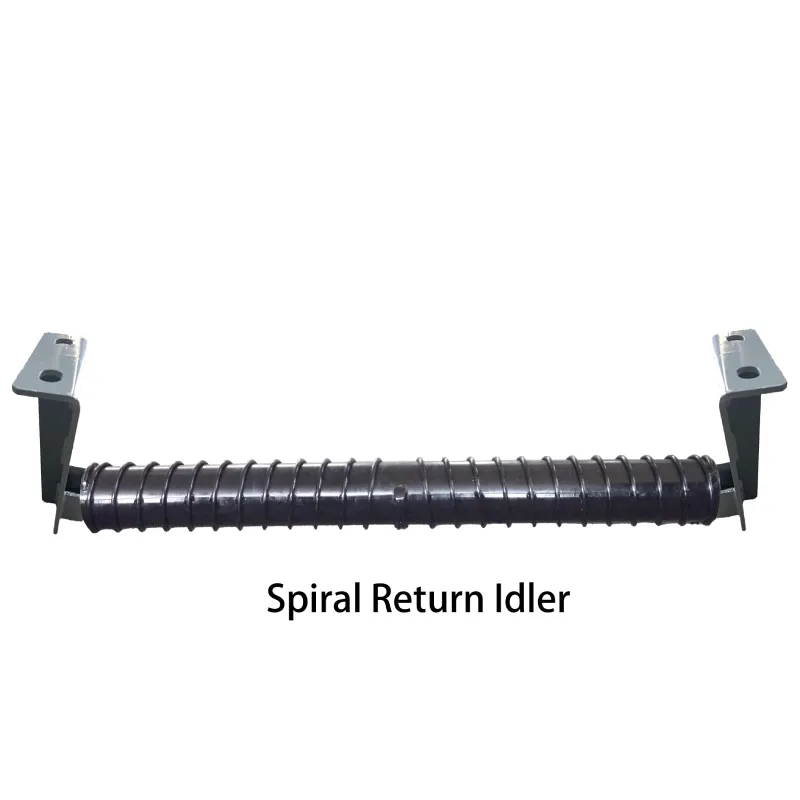 Afrikaans
Afrikaans  Albanian
Albanian  Amharic
Amharic  Arabic
Arabic  Armenian
Armenian  Azerbaijani
Azerbaijani  Basque
Basque  Belarusian
Belarusian  Bengali
Bengali  Bosnian
Bosnian  Bulgarian
Bulgarian  Catalan
Catalan  Cebuano
Cebuano  Corsican
Corsican  Croatian
Croatian  Czech
Czech  Danish
Danish  Dutch
Dutch  English
English  Esperanto
Esperanto  Estonian
Estonian  Finnish
Finnish  French
French  Frisian
Frisian  Galician
Galician  Georgian
Georgian  German
German  Greek
Greek  Gujarati
Gujarati  Haitian Creole
Haitian Creole  hausa
hausa  hawaiian
hawaiian  Hebrew
Hebrew  Hindi
Hindi  Miao
Miao  Hungarian
Hungarian  Icelandic
Icelandic  igbo
igbo  Indonesian
Indonesian  irish
irish  Italian
Italian  Japanese
Japanese  Javanese
Javanese  Kannada
Kannada  kazakh
kazakh  Khmer
Khmer  Rwandese
Rwandese  Korean
Korean  Kurdish
Kurdish  Kyrgyz
Kyrgyz  Lao
Lao  Latin
Latin  Latvian
Latvian  Lithuanian
Lithuanian  Luxembourgish
Luxembourgish  Macedonian
Macedonian  Malgashi
Malgashi  Malay
Malay  Malayalam
Malayalam  Maltese
Maltese  Maori
Maori  Marathi
Marathi  Mongolian
Mongolian  Myanmar
Myanmar  Nepali
Nepali  Norwegian
Norwegian  Norwegian
Norwegian  Occitan
Occitan  Pashto
Pashto  Persian
Persian  Polish
Polish  Portuguese
Portuguese  Punjabi
Punjabi  Romanian
Romanian  Russian
Russian  Samoan
Samoan  Scottish Gaelic
Scottish Gaelic  Serbian
Serbian  Sesotho
Sesotho  Shona
Shona  Sindhi
Sindhi  Sinhala
Sinhala  Slovak
Slovak  Slovenian
Slovenian  Somali
Somali  Spanish
Spanish  Sundanese
Sundanese  Swahili
Swahili  Swedish
Swedish  Tagalog
Tagalog  Tajik
Tajik  Tamil
Tamil  Tatar
Tatar  Telugu
Telugu  Thai
Thai  Turkish
Turkish  Turkmen
Turkmen  Ukrainian
Ukrainian  Urdu
Urdu  Uighur
Uighur  Uzbek
Uzbek  Vietnamese
Vietnamese  Welsh
Welsh  Bantu
Bantu  Yiddish
Yiddish  Yoruba
Yoruba  Zulu
Zulu Different Types of Idlers Used in Belt Conveyor Systems and Their Applications
Types of Idlers in Belt Conveyors
Belt conveyors are one of the most efficient methods of transporting bulk materials over extensive distances. Central to their function are idlers, or support rollers, which play a crucial role in ensuring the belt remains aligned, minimizes sag, and increases overall efficiency. Understanding the various types of idlers is essential for selecting the right components for different applications.
1. Carrying Idlers
Carrying idlers are the backbone of the belt conveyor system. They support the weight of the material and the belt itself as it moves along the conveyor. Typically, they are arranged in a series of 3 to 5 rollers, depending on the width of the belt and the load it is carrying. These idlers are designed to minimize friction between the belt and the idler surface, which helps in maintaining the efficiency of the system.
2. Return Idlers
While carrying idlers support the loaded part of the conveyor belt, return idlers are located on the return side, supporting the empty belt as it returns to the loading point. They are crucial for preventing the belt from sagging and for ensuring a smooth return path. Like carrying idlers, return idlers can be configured in multiple arrangements to suit the specific needs of the conveyor design.
3. Impact Idlers
Impact idlers are specifically designed to absorb the shock of heavy loads as they are dropped onto the conveyor belt. Typically found at loading points, these idlers have a unique design that helps distribute the load over a larger area, minimizing wear and tear on the belt and extending its lifespan. The installation of impact idlers can significantly reduce the chances of conveyor belt damage, improving reliability and efficiency.
types of idler in belt conveyor

Training idlers are essential for maintaining the proper alignment of the conveyor belt. Misalignment can lead to significant operational issues, including increased wear on the belt and the conveyor structure. Training idlers typically come in an adjustable design, allowing them to be positioned to guide the belt back to its correct path. Implementing training idlers can enhance the operational longevity and efficiency of the conveyor system.
5. Self-Aligning Idlers
Self-aligning idlers are a more advanced solution for ensuring that the conveyor belt remains aligned during operation. They use a tapered roller design that allows them to automatically adjust to the belt's position. This feature minimizes the need for constant manual adjustments and maintenance, providing a more reliable solution for belt tracking.
6. Specialty Idlers
In addition to the standard types, there are various specialty idlers designed for specific applications. These can include rubber-coated idlers for wet or sticky materials, steel idlers for high-temperature applications, and idlers designed for specific product shapes. The choice of idler directly impacts the efficiency and effectiveness of the conveyor system.
Conclusion
The selection of the right type of idler is essential for the optimal performance of a belt conveyor system. Each type—carrying, return, impact, training, self-aligning, and specialty idlers—serves a unique purpose and contributes to the overall functionality of the conveyor. Understanding these differences not only aids in effective design but also helps in maintenance and operational efficiency.
By carefully considering the various idler types available, engineers and operators can ensure their conveyor systems perform reliably and efficiently, catering to the unique demands of their material handling needs.
-
Trusted Conveyor Solutions from Leading Conveyor Idler Roller ManufacturersNewsJun.27,2025
-
Reliable Return Idler Solutions for Efficient Belt Conveyor SystemsNewsJun.27,2025
-
Precision Conveyor Accessories for Streamlined Material HandlingNewsJun.27,2025
-
High-Quality Belt Conveyor Idler Solutions for Efficient Material HandlingNewsJun.27,2025
-
High-Performance Belt Conveyor Pulleys for Reliable Material HandlingNewsJun.27,2025
-
Enhancing Material Handling EfficiencyNewsJun.27,2025





























